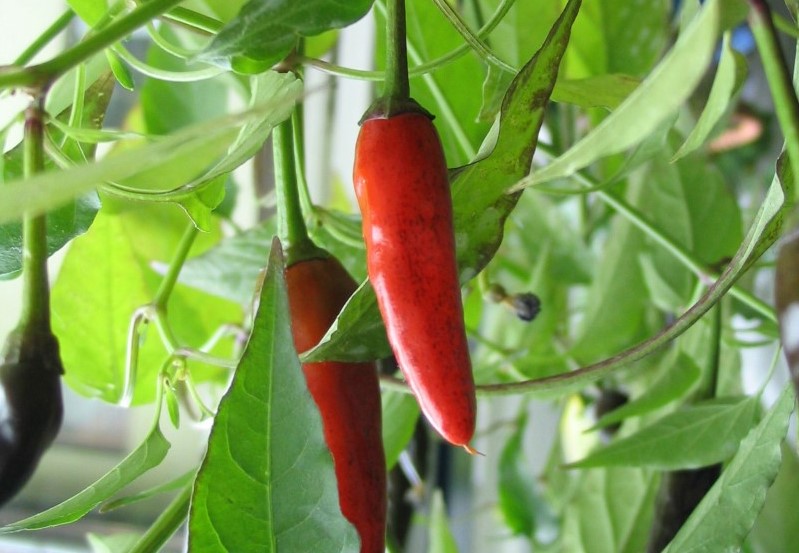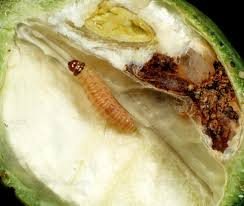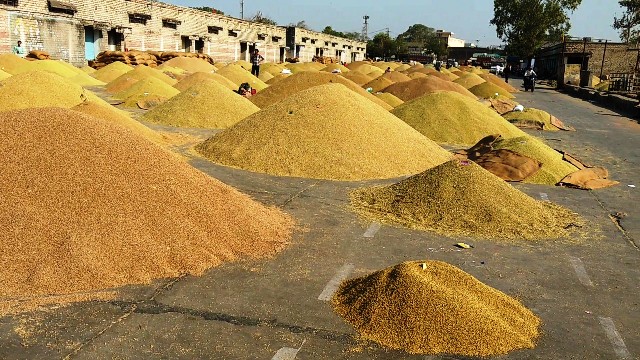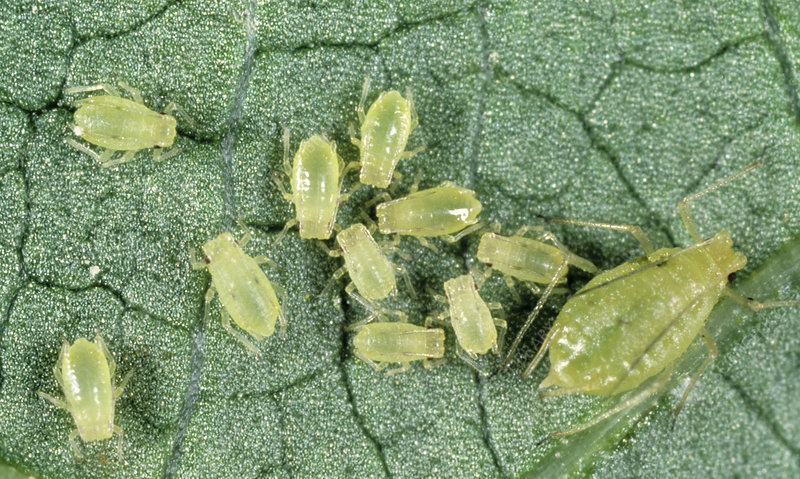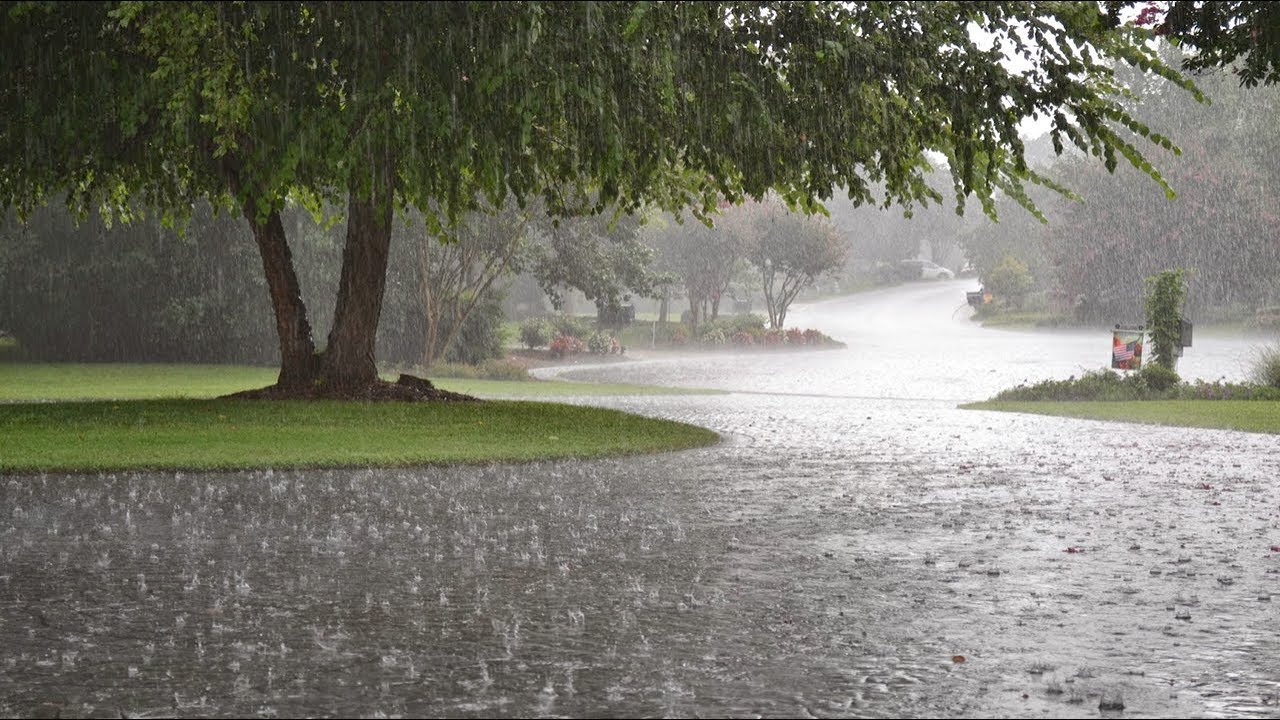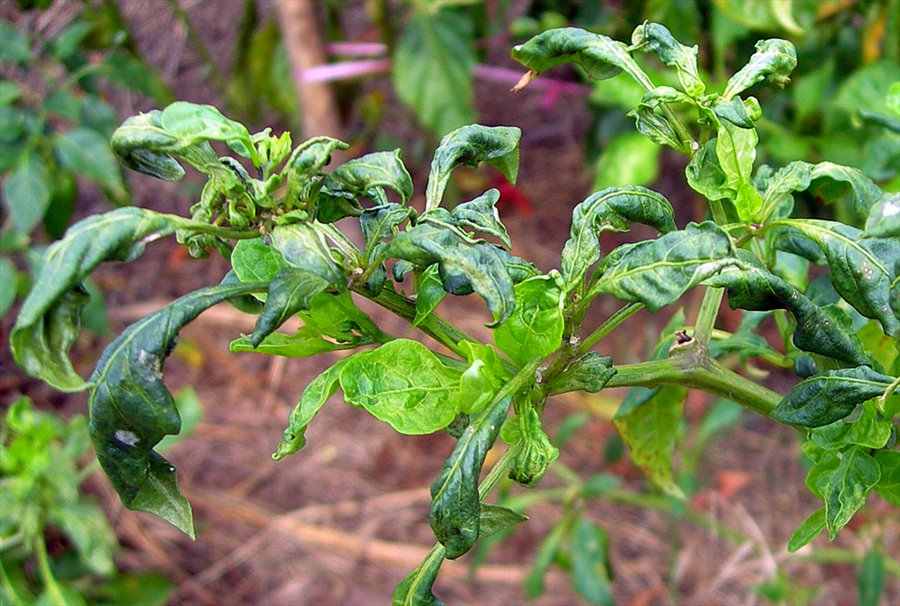- It is very important to use the major and micronutrients during 45-60 days in chilli crop, for better growth of the crop, good flower, and fruit development.
- All these nutrients provide all the essential elements for the chilli crop, developing immunity of the crop at the time of fruit development to fight against diseases and pests.
For nutrient management use following products
-
- urea @ 45 kg / acre, DAP@ 50 kg / acre, magnesium sulfate – 10 kg / acre, micronutrients 10 kg / acre.
- Use all nutrients as a soil treatment.

